How many fish can we grow in an acre pond?
Dreaming of a fish-filled acre pond? Overstocking leads to disaster. Understocking wastes potential. Let's find that perfect balance for a thriving aquatic environment.
The number of fish an acre pond can support varies greatly, depending on species, management, and aeration. For mixed recreational fishing, a few hundred larger fish or several thousand smaller ones might be possible with good care.
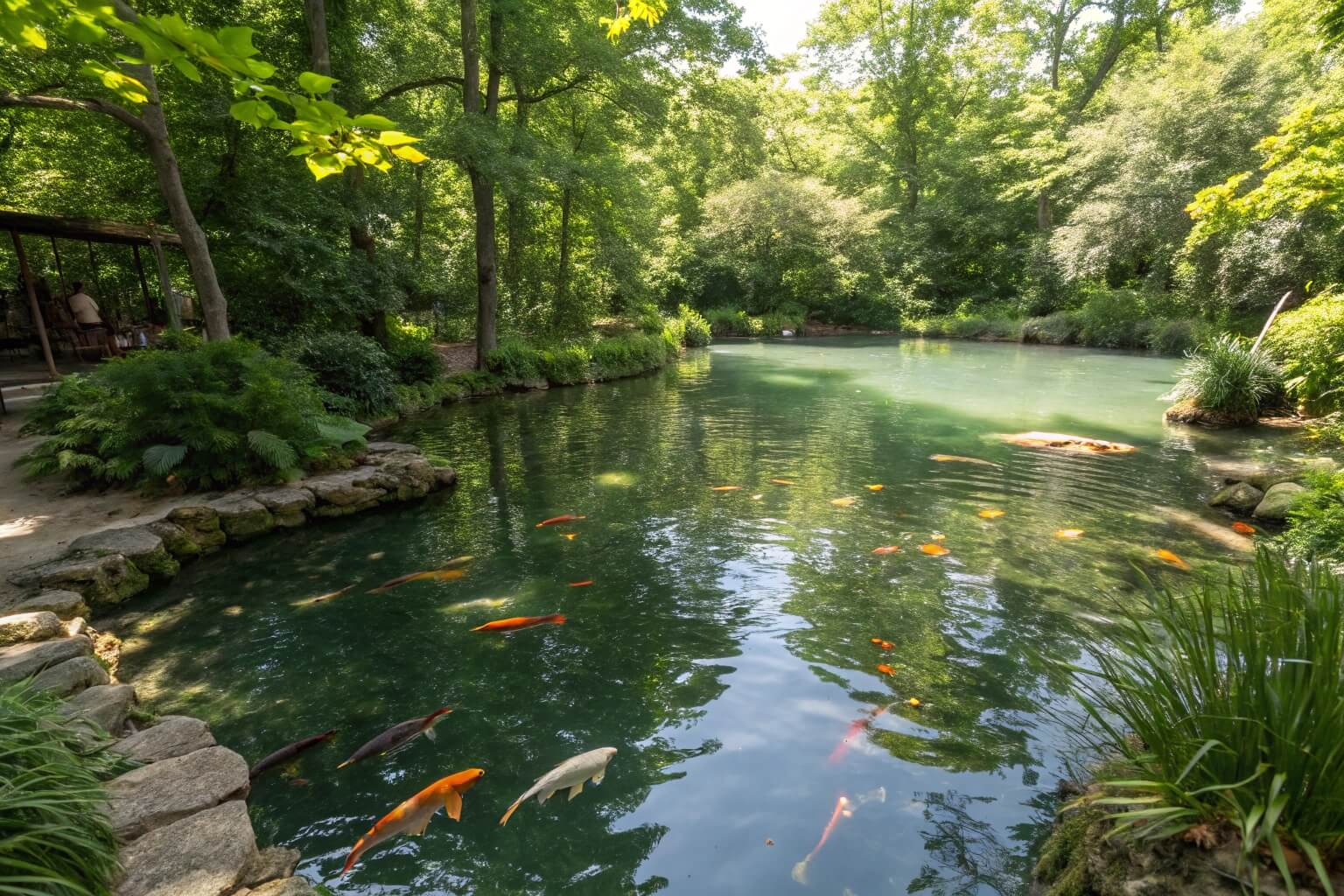
Figuring out the carrying capacity of a one-acre pond is a common question I hear. It's more than just a number; it's about creating a healthy, sustainable ecosystem for your fish. As someone who's seen many aquaculture setups with Bancy Solutions, I can tell you that careful planning is key. Let's explore this together.
How many fish for 1 acre pond?
Wondering about the exact fish count for your acre? Guesswork can be costly. Get the right numbers for a successful pond, avoiding common pitfalls.
For a 1-acre pond, you could stock several hundred adult fish like bass and bluegill for recreational fishing, or thousands of smaller fish like tilapia if managed more intensively for growth, always depending on filtration and aeration.
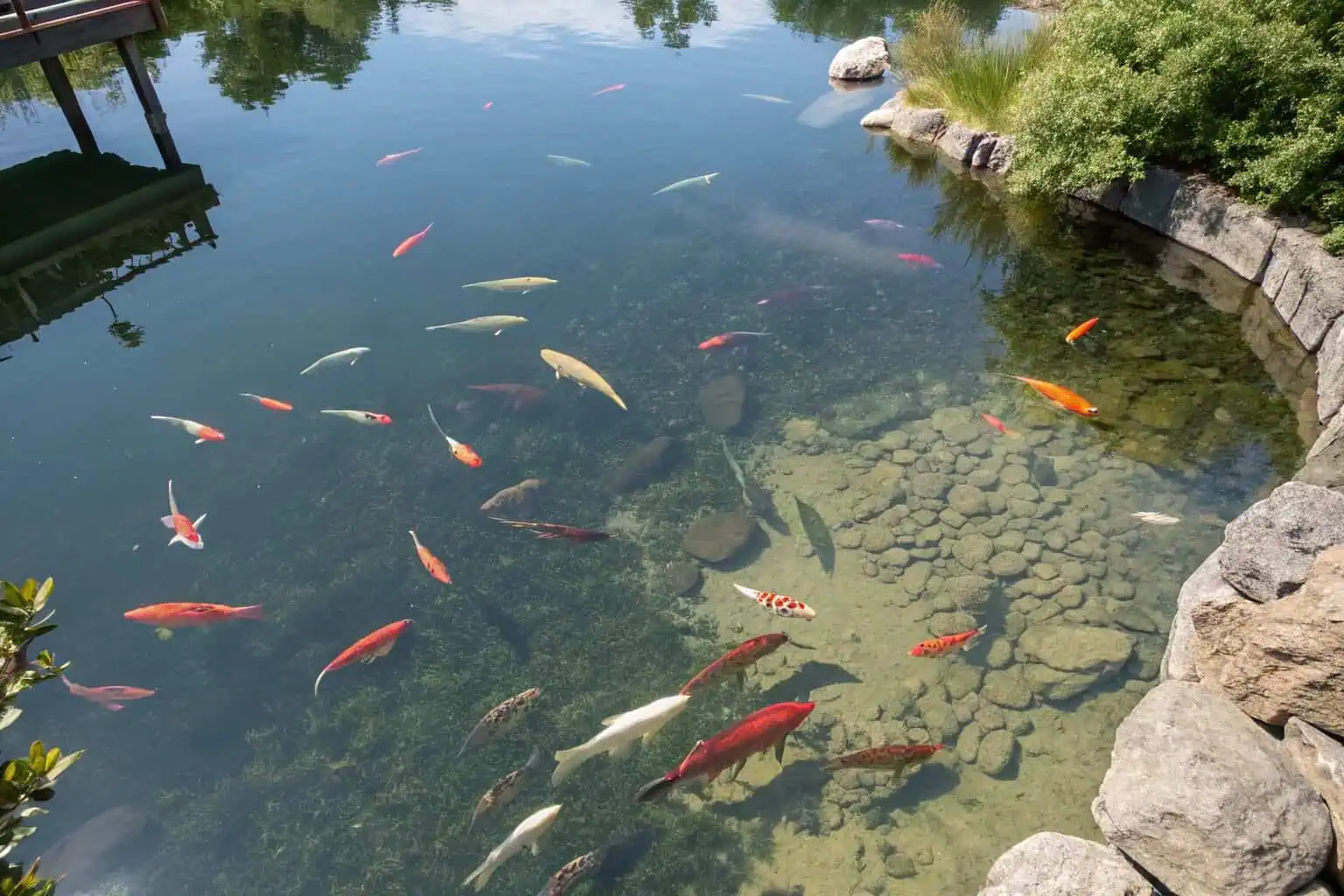
When I talk to fellow enthusiasts or clients looking into our Bancy PVC Fish Ponds1 for smaller, controlled environments, the question of scale often comes up, even for larger natural ponds. An acre is a good size, but it's not limitless. My experience in the industry has taught me that understanding the biological limits and your own management capacity is crucial. It's a balance between your goals and what the environment can sustain.
Factors Influencing Stocking Density
Several things determine how many fish your acre pond can hold. First, what kind of fish2 are you thinking of? Large predatory fish like bass need more space and food than smaller, faster-growing species like tilapia. Second, your management style is vital. Are you planning intensive feeding and aeration, or a more natural, low-input system? More input generally means more fish, but also more work and risk. Finally, water quality3 is king. Good aeration, possibly some filtration (though less common in large ponds), and managing nutrient inputs are essential. I've seen that even with robust containment like our Bancy Galvanized Sheet Fish Tanks in commercial settings, water quality management is non-negotiable.
Recreational vs. Commercial Goals
Your goals also dictate numbers. For a recreational pond4, you might aim for a balanced ecosystem with a few hundred catchable-sized fish – perhaps a mix of largemouth bass, bluegill, and channel catfish. The idea is sustainable fishing and enjoyment. For small-scale commercial ventures5 using an acre pond, especially with species like catfish or tilapia, densities can be higher if you're prepared for intensive management, including supplemental feeding and aeration. This is where my insight about the industry's need for continuous learning comes in; adapting techniques to your specific pond is key.
Starting Conservatively
My advice, especially for beginners, is always to start with fewer fish than you think the pond can handle. You can always add more later. Overstocking is a quick way to poor water quality, stressed fish, and disease outbreaks – problems I've seen cause a lot of heartache. It's a lesson learned from many years in this field: patience and observation6 pay off.
| Aspect | Recreational Pond (1 acre) | Small-Scale Commercial (1 acre, intensive) | Key Consideration |
|---|---|---|---|
| Primary Fish | Bass, Bluegill, Catfish | Catfish, Tilapia | Species-specific needs |
| Typical Numbers | 100-500 (mixed sizes) | 1,000-5,000+ (species dependent) | Management intensity |
| Feeding | Minimal/Natural | Regular, formulated feed | Nutrient load |
| Aeration | Beneficial, often natural | Often essential | Oxygen levels |
Is a 1 acre pond big enough for fish?
Is your one-acre pond truly suitable for fish? Size isn't everything. Ensure your pond provides a healthy, thriving home, not just a body of water.
Yes, a 1-acre pond is definitely big enough for many types of fish, offering ample space for recreational fishing or small-scale aquaculture if managed correctly. The key is matching fish species and numbers to the pond's specific conditions.
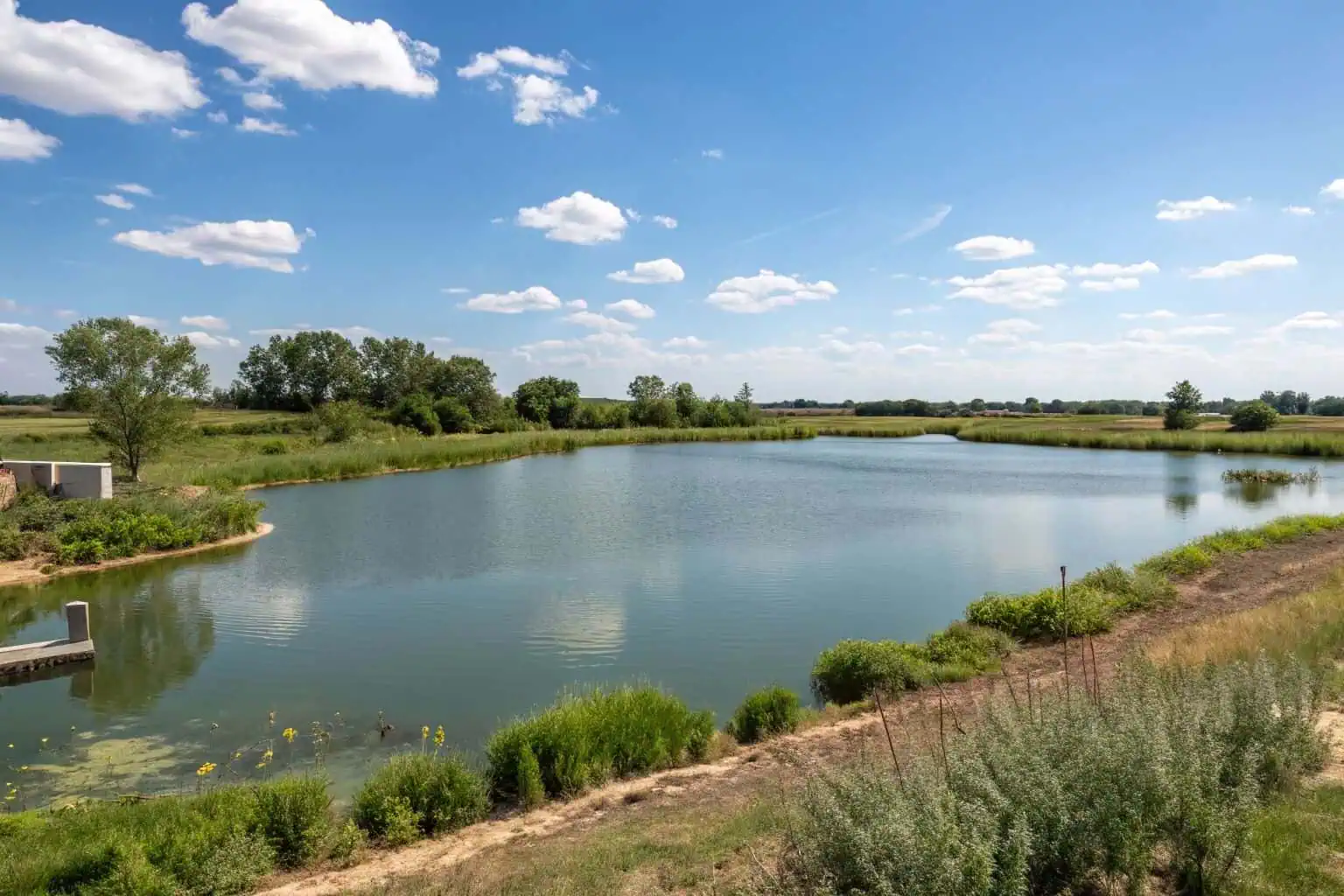
I often get asked if a certain size is 'enough.' For a one-acre pond, the answer is a resounding yes, it can be fantastic for fish! An acre (about 43,560 square feet) provides a substantial aquatic environment. However, 'big enough' also depends on the pond's depth, water quality, and how you plan to manage it. My work with Bancy's diverse range of products, from compact Collapsible Plastic Fish Tanks7 to larger setups, has shown me that success is about optimizing the space you have.
Depth and Structure Matter
Deeper areas in your pond provide refuge for fish during hot summers and cold winters. A pond that's too shallow might overheat or freeze solid in some climates. Aim for at least some areas that are 6-8 feet deep, or more if you're in an area with harsh winters and plan to keep fish year-round. Structure, like submerged logs, rock piles, or even strategically placed (and safe) artificial habitats, also makes a pond 'bigger' from a fish's perspective by providing cover and foraging areas. This reminds me of the importance of understanding fish biology8, a core part of successful aquaculture.
Water Source and Quality
A reliable water source is crucial. Whether it's fed by a spring, a well, or surface runoff, the water needs to be clean. Regular testing for parameters like pH, ammonia, nitrites, and nitrates is a good practice, especially if you're stocking heavily. This is where the complexity of water quality management9, which I mentioned in my insights, really comes into play. Even in a large pond, these things can go wrong if not monitored.
Beyond Just Size: The Ecosystem
An acre pond isn't just a container; it's a potential ecosystem. Aquatic plants, in moderation, provide oxygen, food, and habitat. However, excessive vegetation can deplete oxygen at night. Achieving a balance is part of the art and science of pond management. This ties into the growing interest in ecological farming10 – working with nature, not against it. My belief is that a well-managed acre pond can be a vibrant, self-regulating system to a large extent.
| Pond Feature | Importance for Fish Suitability | Ideal Scenario for 1 Acre Pond | Bancy Product Analogy (Controlled Systems) |
|---|---|---|---|
| Surface Area | High (Oxygen Exchange) | 1 Acre is ample | Larger surface area tanks like our Galvanized Pipe Fish Tanks. |
| Depth | High (Temperature Refuge) | Min. 6-8 ft in some areas | Deeper tank options available. |
| Water Quality | Crucial | Clean, stable parameters | Food-grade liners in Bancy tanks ensure no leaching. |
| Structure | Beneficial (Habitat) | Natural or added cover | Custom features can be discussed for specialized tanks. |
What fish is good for 1 acre pond?
Choosing the right fish for your acre pond feels overwhelming? Wrong choices lead to imbalance. Discover species that will thrive and meet your goals.
Good fish for a 1-acre pond include largemouth bass, bluegill, and channel catfish for a classic recreational mix. Tilapia can also work in warmer climates or with seasonal stocking for fast growth. Carp are hardy but can be invasive.
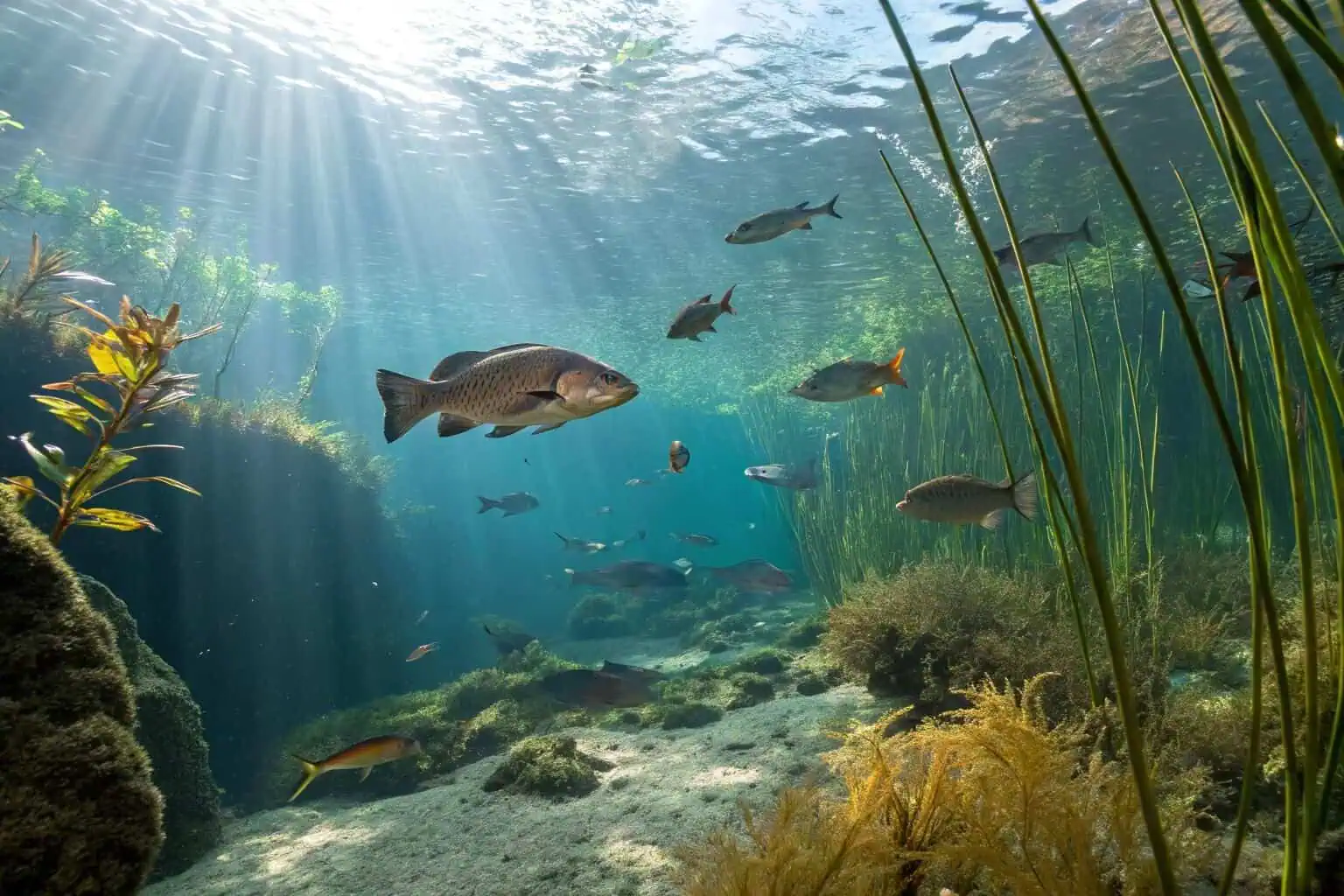
Selecting the right fish is one of the most exciting parts of setting up a pond. As I've learned over the years, and as my insights reflect, fish species selection11 is core to success. You need to consider your climate, your goals (fishing, food, or just aesthetics), and your management capacity. Some fish are hardy and forgiving, like carp or tilapia, making them good for beginners or those aiming for food production. Others require more specific conditions.
Classic Recreational Choices
For many pond owners in North America, the classic combination is Largemouth Bass, Bluegill, and Channel Catfish12. Bluegill are prolific breeders and provide forage for the bass. Bass control the bluegill population and are a prized sport fish. Channel catfish are hardy, grow well, and are good to eat. This combination creates a relatively balanced ecosystem. I've seen many happy pond owners with this setup. It’s a testament to how understanding basic fish biology can lead to a sustainable hobby.
Options for Warmer Climates or Faster Growth
Tilapia13 are a fantastic choice for warmer climates or for seasonal stocking (grow-out during summer) because they grow incredibly fast and are good to eat. They are also quite tolerant of lower water quality compared to some other species, which aligns with my insight about their adaptability. However, they generally don't survive cold winters. If you're considering tilapia, our Bancy PVC Fish Ponds14 are excellent for controlled grow-out before releasing into a larger pond, or for year-round farming if you can manage temperature. Carp15, like common carp or grass carp (for vegetation control, check local regulations), are very hardy but can outcompete other species or muddy the water if overstocked.
Considerations for Your Choice
Think about these things: Will the fish reproduce in your pond? Do you want them to? What will they eat? Are they suited to your local climate year-round? Some fish, like trout, need cold, highly oxygenated water and might not be suitable for a typical acre pond in a warmer region. This is where, as I mentioned in my insights, adapting to your specific environment is crucial. The industry needs continuous learning and innovation to match species with environments effectively.
| Fish Species | Primary Use | Key Characteristics | Suitability for 1 Acre Pond (General) | Bancy Tank Suitability (Controlled Growth) |
|---|---|---|---|---|
| Largemouth Bass | Sport Fishing | Predator, controls other fish populations | Excellent (with forage fish) | Not typically tank-raised long-term |
| Bluegill | Forage, Panfish | Prolific, food for bass | Excellent (as forage) | Can be raised in tanks |
| Channel Catfish16 | Food, Sport | Hardy, good growth rate | Very Good | Excellent in Bancy aquaculture tanks |
| Tilapia | Food | Fast-growing, warm water | Good (seasonal or warm climates) | Excellent in Bancy aquaculture tanks |
| Common Carp | Food (some regions) | Very hardy, can be invasive | Use with caution, check regulations | Can be raised in tanks |
What size pond for 1,000 fish?
Aiming for 1,000 fish but unsure about pond size? Overcrowding is a recipe for failure. Match your fish numbers to an adequate water volume for healthy growth.
A pond for 1,000 fish needs to be quite large, likely several acres for larger fish like adult catfish or bass, or a well-managed 1/2 to 1-acre pond for smaller fish like market-size tilapia under intensive care.
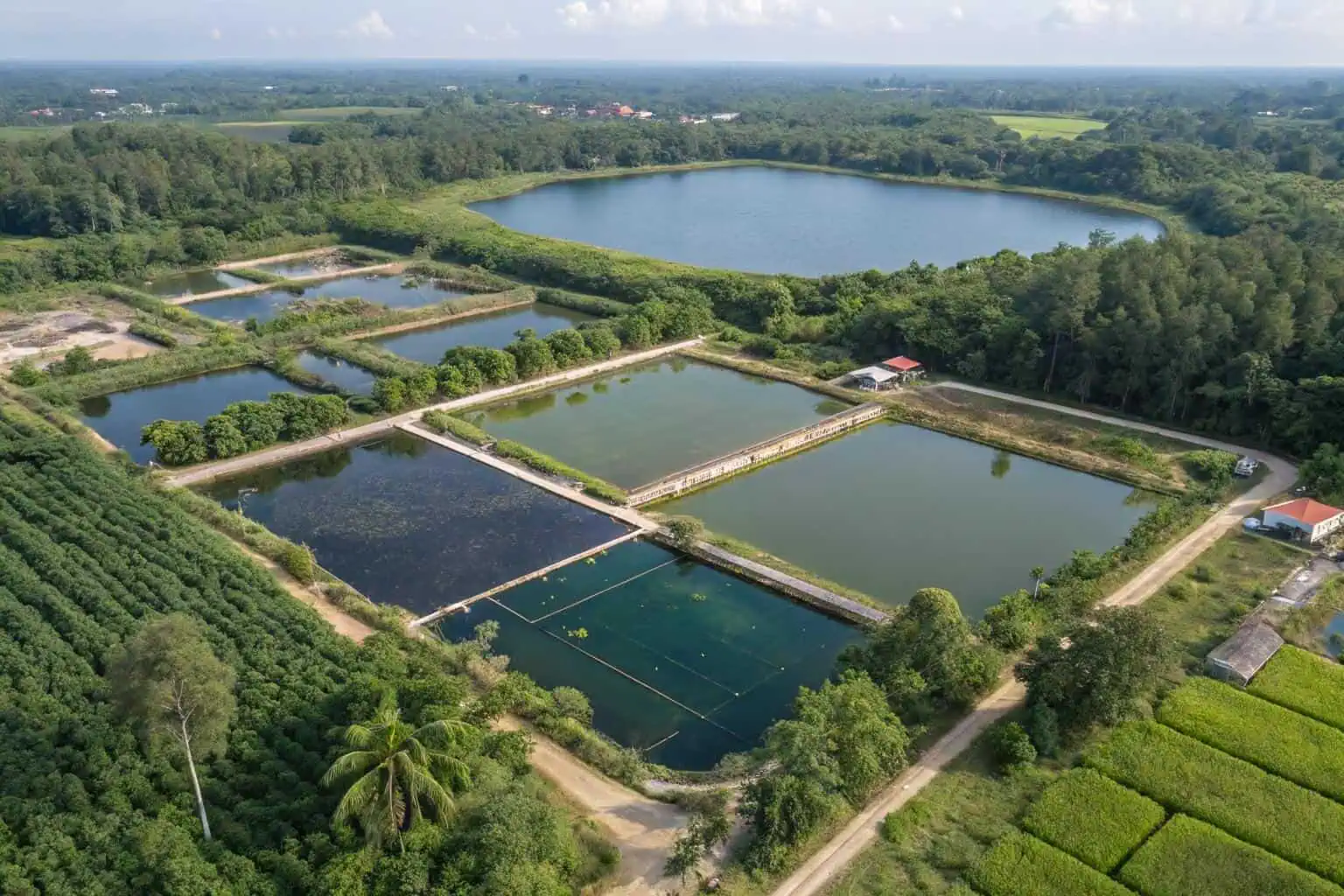
This question flips the usual script – instead of asking how many fish for a pond, it's what size pond17 for a set number of fish. When we talk about 1,000 fish, the first thing I, as someone in the aquaculture supply business with Bancy, think about is: what kind and size of fish? One thousand fingerlings are very different from one thousand adult broodstock. My experience tells me that managing such numbers requires serious thought about space and system capacity.
It's All About Biomass
The critical factor isn't just the number of fish, but their total weight (biomass). One thousand 6-inch tilapia weigh much less and produce less waste than one thousand 2-pound catfish. As fish grow, the demand they place on the pond's resources (oxygen, space, waste assimilation capacity) increases dramatically. This is a fundamental concept in aquaculture, whether it's a pond or a high-tech system using our Bancy Galvanized Plate Aquaculture Tanks18.
Intensive vs. Extensive Systems
If you're aiming for 1,000 market-size catfish (e.g., 1-2 pounds each) in an extensive19 (low input, more natural) system, you'd likely need several acres. The pond relies on natural productivity and minimal intervention. However, in an intensive20 system with significant aeration, high-quality feed, and active water management (like a commercial catfish farm or a well-managed tilapia pond), you could potentially raise 1,000 fish (e.g., tilapia to 1 pound) in a smaller area, perhaps a 1/2 to 1-acre pond, or even less in highly controlled tank systems. This is where the industry's push for technology to increase density, as I noted in my insights, becomes relevant.
Practical Examples and Bancy Solutions
For example, if you wanted to raise 1,000 tilapia to a harvestable size of 1 pound each, that's 1,000 pounds of fish. In a well-managed pond with good aeration, you might aim for a stocking density of 1,000-2,000 pounds per acre. So, a 1/2 to 1-acre pond could work. If these were much larger fish, say 5-pound broodstock carp, 1,000 of them would be 5,000 pounds, requiring a proportionally larger pond or incredibly intensive management. For very high densities, people move towards controlled systems like Bancy's aquaculture tanks21 where water quality can be precisely managed. This highlights the complexity and the need for tailored solutions in fish farming.
| Fish Scenario (1,000 fish) | Estimated Pond Size (Acres) | Management Level | Key Challenge |
|---|---|---|---|
| 1,000 Bluegill (mixed sizes) | 0.5 - 1 | Low to Moderate | Balancing population |
| 1,000 Tilapia (to 1 lb) | 0.5 - 1 | Moderate to High | Water quality, O2 |
| 1,000 Catfish (to 2 lbs) | 1 - 2+ | Moderate to High | Feeding, Water quality |
| 1,000 Largemouth Bass (adults) | 2 - 5+ | Moderate | Forage base |
Conclusion
Stocking an acre pond wisely ensures healthy fish and a thriving ecosystem. Plan carefully, choose the right species, and manage your pond well for the best results.
-
Explore the advantages of Bancy PVC Fish Ponds to understand how they can enhance your aquatic environment. ↩
-
Explore this link to discover the best fish species for your pond, ensuring a thriving aquatic ecosystem. ↩
-
Learn why maintaining water quality is crucial for fish survival and growth in your pond.--- ↩
-
Explore this link to learn effective strategies for creating and maintaining a thriving recreational pond ecosystem. ↩
-
Discover insights on how small-scale commercial ventures can be profitable and sustainable in aquaculture. ↩
-
Learning the value of patience and observation can enhance your fish management skills and lead to better outcomes. ↩
-
Discover the benefits of using Collapsible Plastic Fish Tanks for efficient fish management and space optimization in your aquatic setups. ↩
-
Understanding fish biology is crucial for successful aquaculture, ensuring healthy fish and sustainable practices. Explore this link to learn more! ↩
-
Understanding water quality management is essential for maintaining a healthy aquatic environment. Explore this link for expert insights and guidelines. ↩
-
Explore this link to understand how ecological farming practices can enhance sustainability and biodiversity in agriculture. ↩
-
Understanding fish species selection is crucial for a thriving pond. This resource will provide insights into choosing the right species for your needs. ↩
-
Explore this link to understand how this fish combination can create a balanced ecosystem and enhance your pond management experience. ↩
-
Explore the advantages of raising Tilapia, including their fast growth and adaptability, to enhance your aquaculture knowledge. ↩
-
Discover how Bancy PVC Fish Ponds can optimize your fish farming practices and ensure better growth conditions. ↩
-
Learn about the hardiness and ecological impact of Carp to make informed decisions for your fish stocking plans. ↩
-
Learn effective methods for raising Channel Catfish in controlled environments for optimal growth and sustainability. ↩
-
Understanding the ideal pond size is crucial for maintaining fish health and optimizing growth. Explore this link for expert insights. ↩
-
Discovering the advantages of these tanks can enhance your aquaculture setup, improving efficiency and fish health. ↩
-
Explore this link to understand the benefits and challenges of extensive aquaculture systems, which rely on natural productivity. ↩
-
Learn about intensive aquaculture systems and how they maximize fish production through technology and management practices. ↩
-
Exploring controlled aquaculture systems can provide insights into effective management practices for sustainable fish farming. ↩